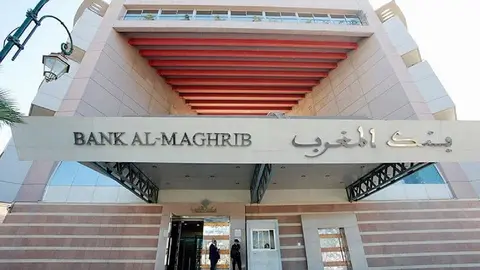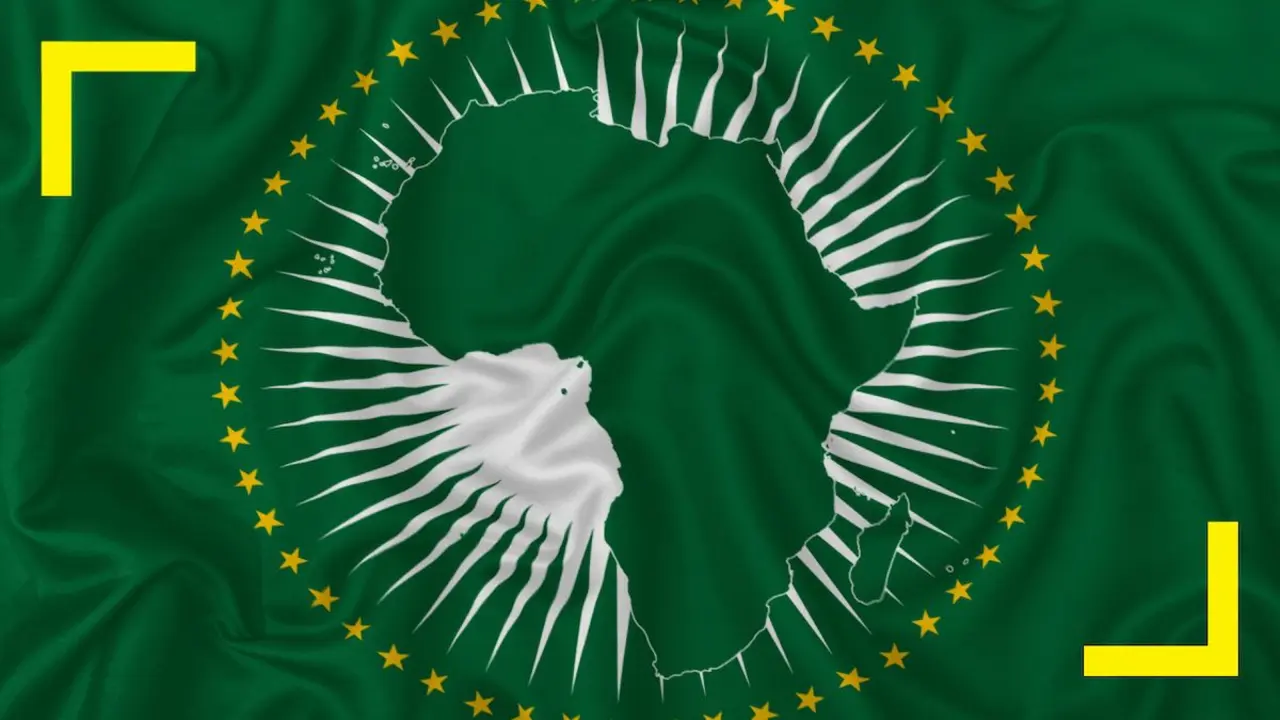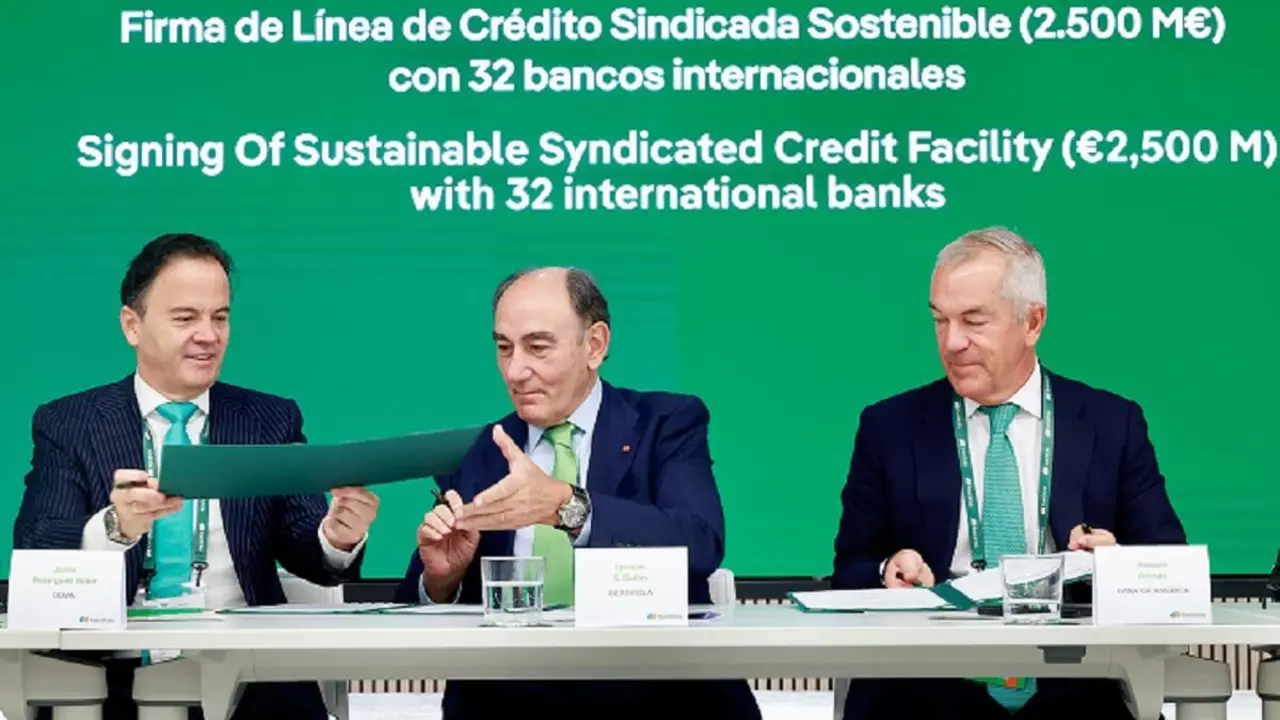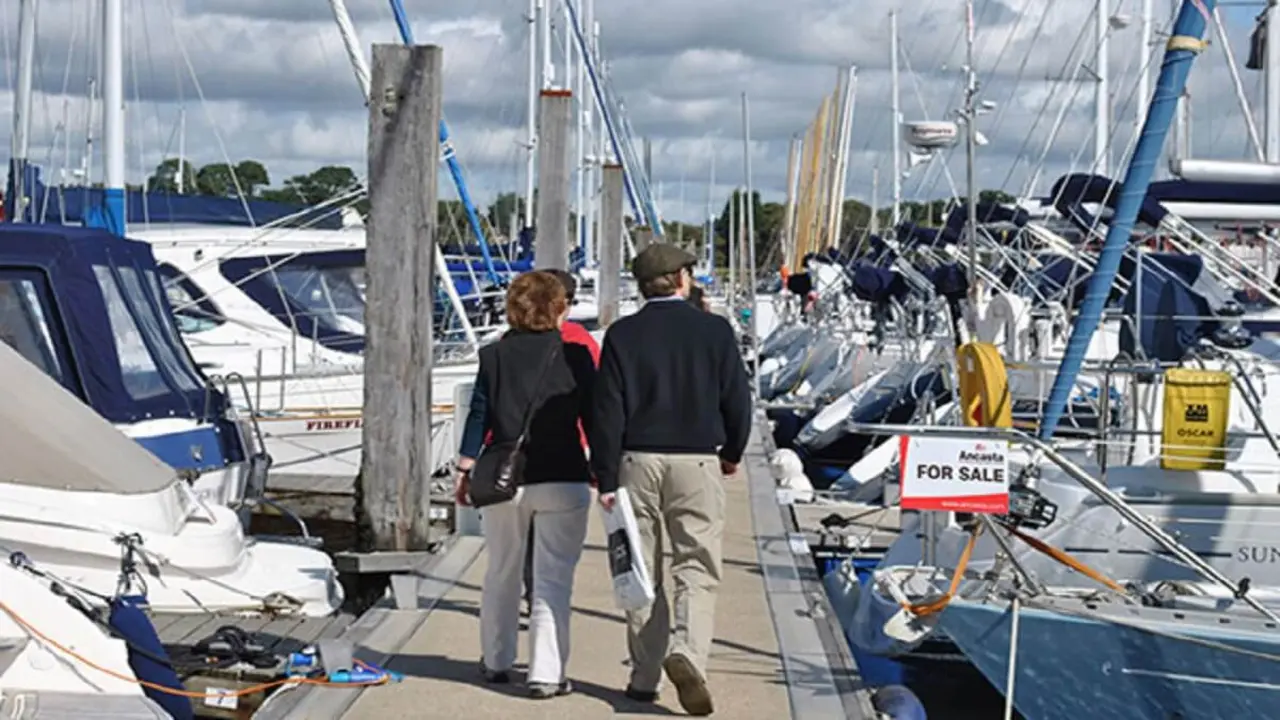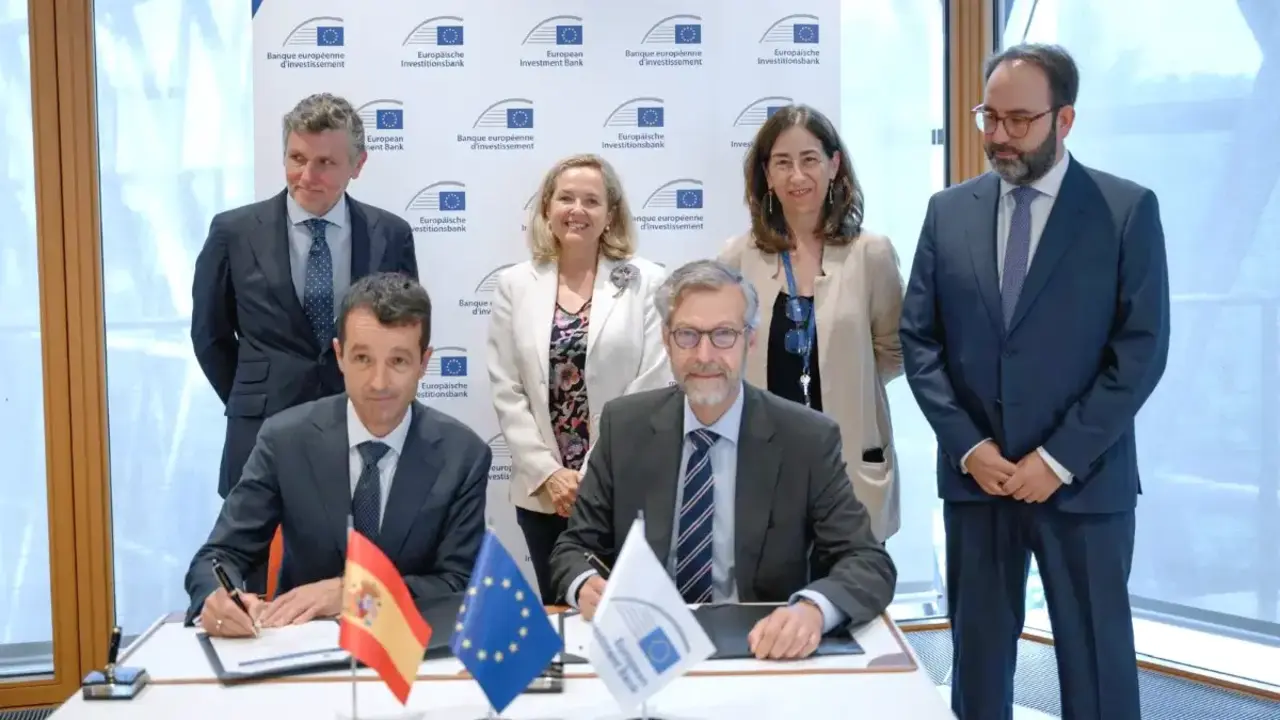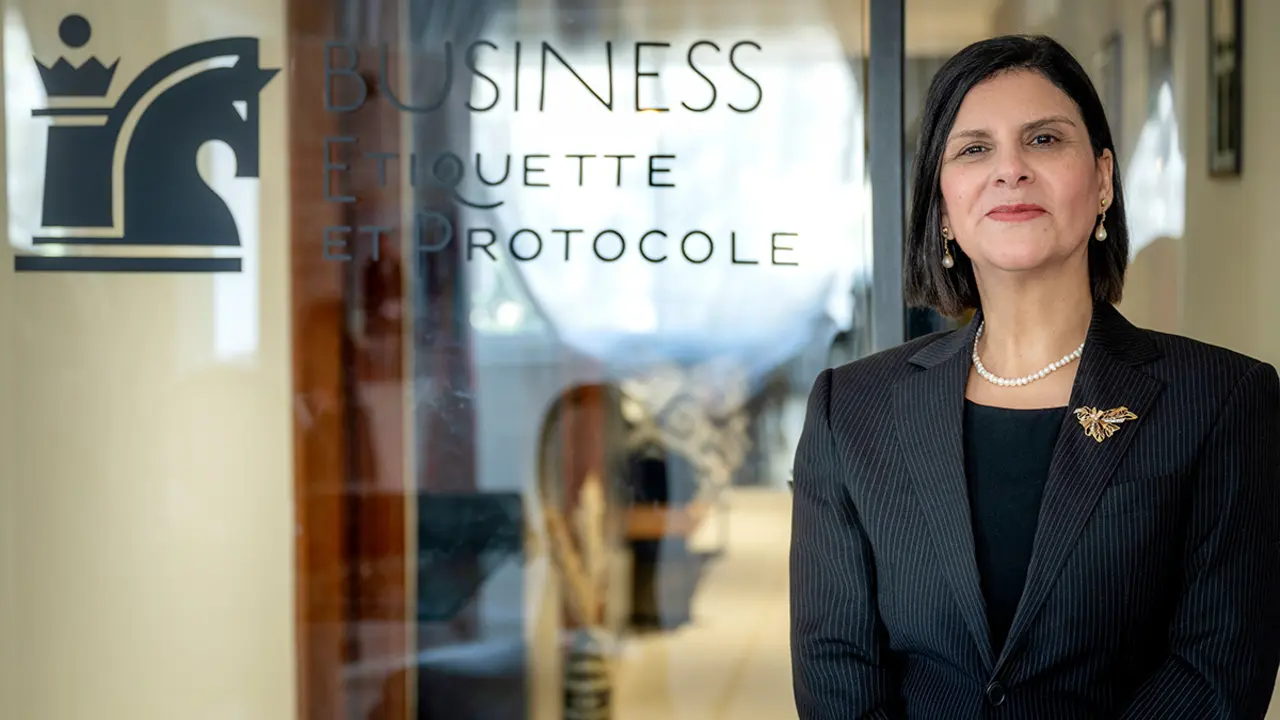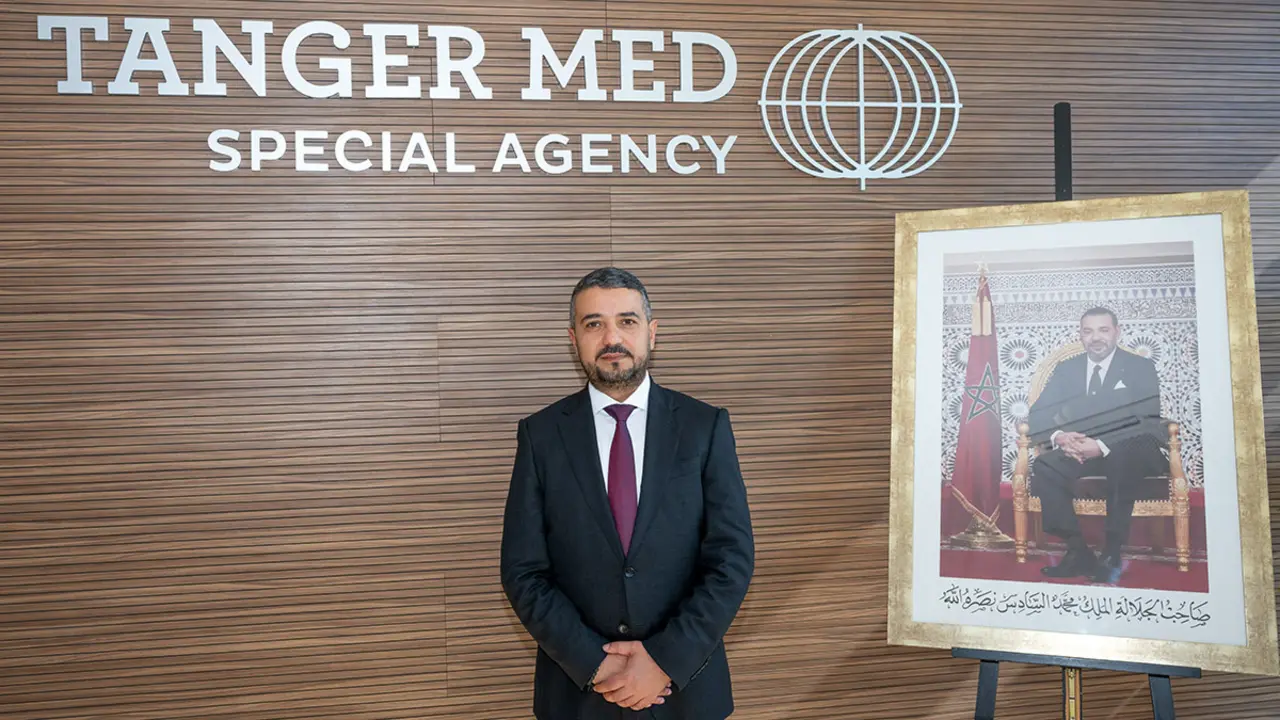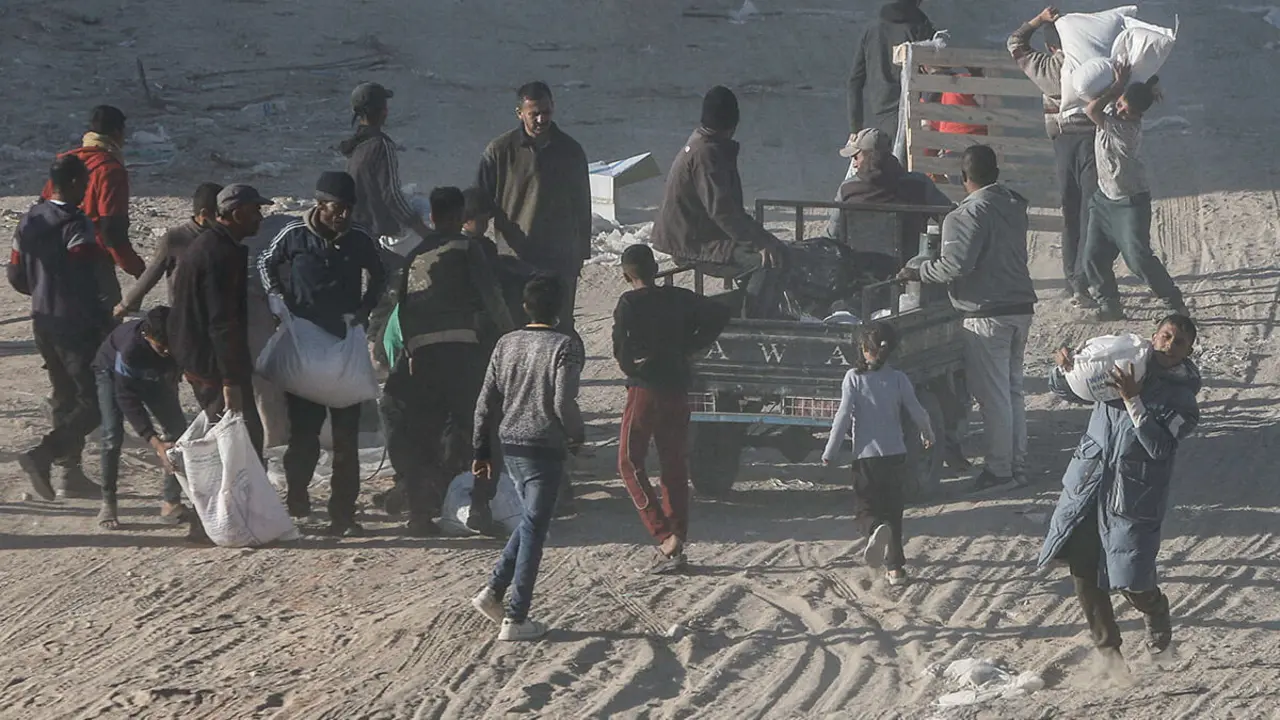The economic fabric of Casablanca-Settat will be consolidated with four new industrial zones
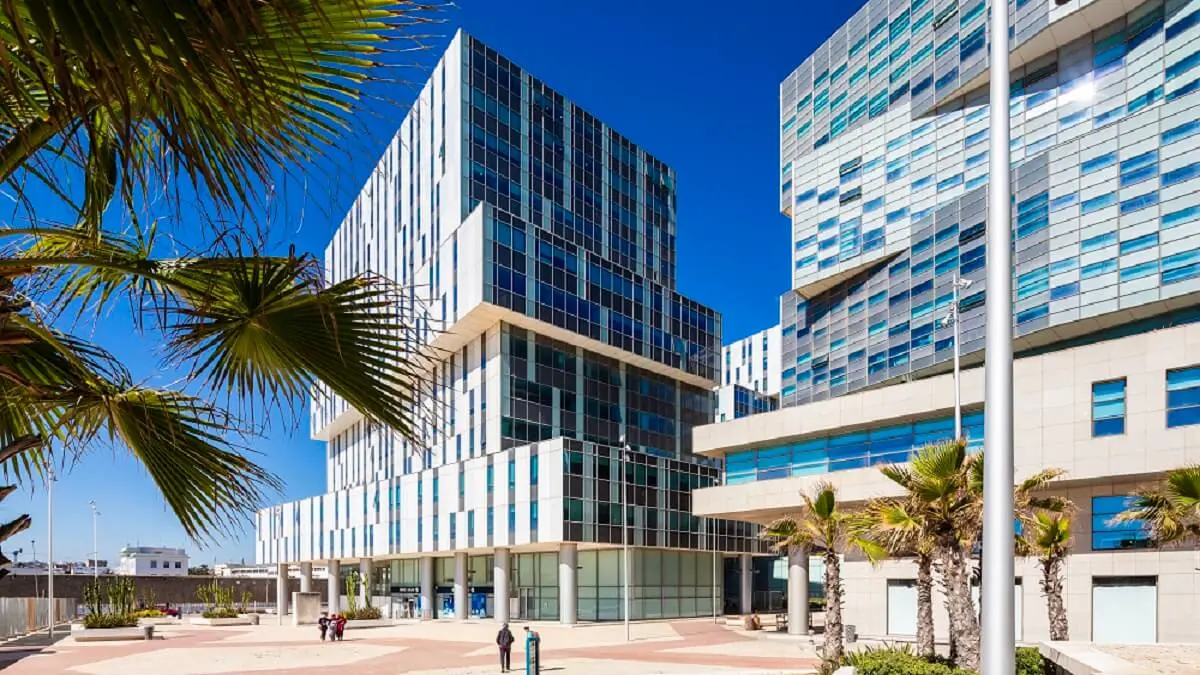
As part of the implementation of the Casablanca-Settat Regional Development Plan 2022-2027, which aims to improve the region's territorial offer, attract value-added investment and generate sustainable jobs, Morocco is committed to the creation of local industrial zones.
Framework agreement
The initialled framework agreement includes the main partners in the region's economic landscape: the Council of the Casablanca-Settat region, the Ministry of Industry and Trade, the Ministry of Economy and Finance and the wilaya of the Casablanca-Settat region.
The primary objective is to develop industrial zones in the Casablanca-Settat region in order to improve logistics and consolidate the attractiveness of the region as a destination for foreign investment and sustainable space for the national economy in line with the Regional Development Plan 2022-2027.
Signed by the Minister of Industry and Trade, Ryad Mezzour, the wali of the Casablanca-Settat region, governor of the prefecture of Casablanca, Mohammed Mhidia, and the president of the council of the Casablanca-Settat region, Abdellatif Maâzouz, the agreement aims to improve the region's territorial offer, attract value-added investment and create stable jobs.
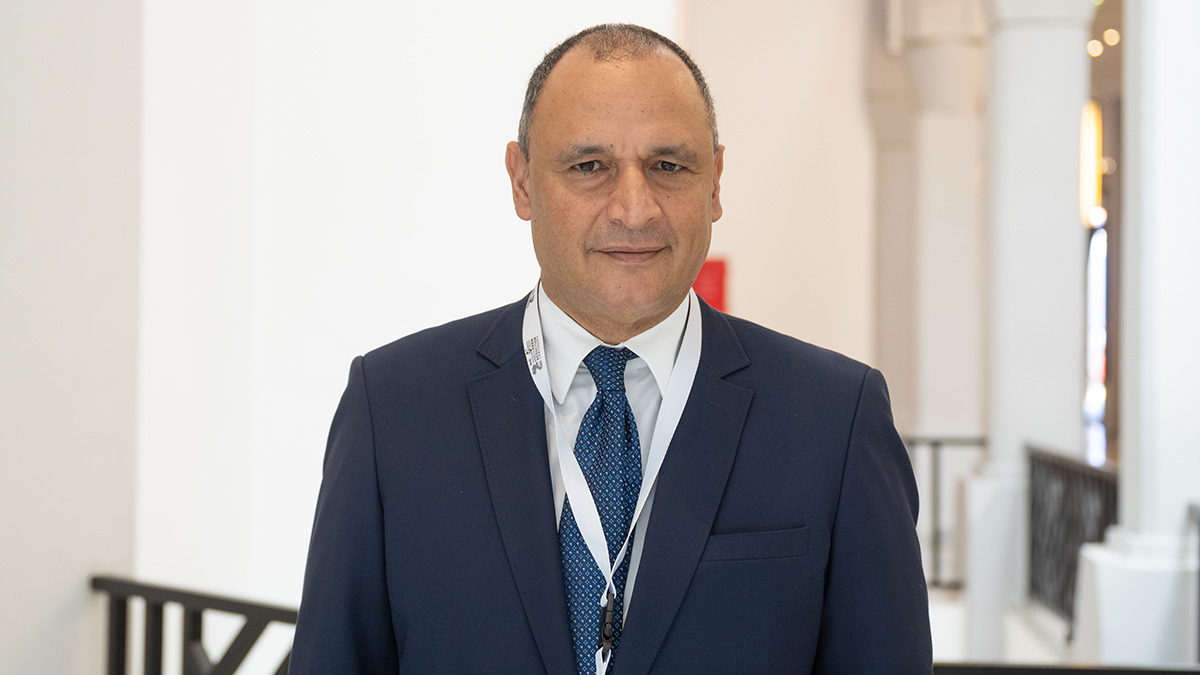
Four industrial zones
The four industrial zones are respectively the Laghdira industrial zone in the province of El Jadida (257 ha), the Had Soualem industrial zone in the province of Berrechid (78 ha), the Fiaset industrial zone in the city of Settat (52 ha) and the Arrachad proximity activity zone in the province of Mediuna (4 ha).
Ryad Mezzour said that "this framework agreement aims to strengthen the infrastructure dedicated to investment in the industrial sector, thus contributing to strengthening the positioning of the Casablanca-Settat region both nationally and internationally".
In this regard, the Minister of Industry and Trade underlined the important position of this leading region in terms of economic potential and its considerable contribution to the development of national industry, stressing that the Casablanca-Settat region has all the advantages to host most industrial sectors.
For his part, the president of the General Confederation of Moroccan Enterprises (CGEM), Chakib Alj, highlighted the shared ambition to achieve industrial sovereignty for the whole of Morocco by minimising dependence on imports and supporting local production, promoting "Made in Morocco".

The President of the Council of the Casablanca-Settat region, Abdellatif Maâzouz, noted that "the signing of the framework agreement for the development of the four industrial zones is part of the vision of King Mohammed VI in favour of the development of a value-added industry, sustainable and capable of creating employment opportunities".
The President concluded that "the reinforcement of the territorial offer and the implementation of the necessary facilities will help to attract numerous investors and create significant investment opportunities, which will enhance Morocco's position as a production and export platform, thus consolidating the country's economic sovereignty".
It should be recalled that the Casablanca-Settat region is committed to industrial acceleration zones dedicated to the aeronautical and space industries. Midparc is an example of an outstanding space for the consolidation of a high potential sector such as the technology industry that generates added value.
In addition to aeronautics and space companies, the region is also home to defence and security giants, as well as the industries of the future, especially in the pharmaceutical and electronics fields.


